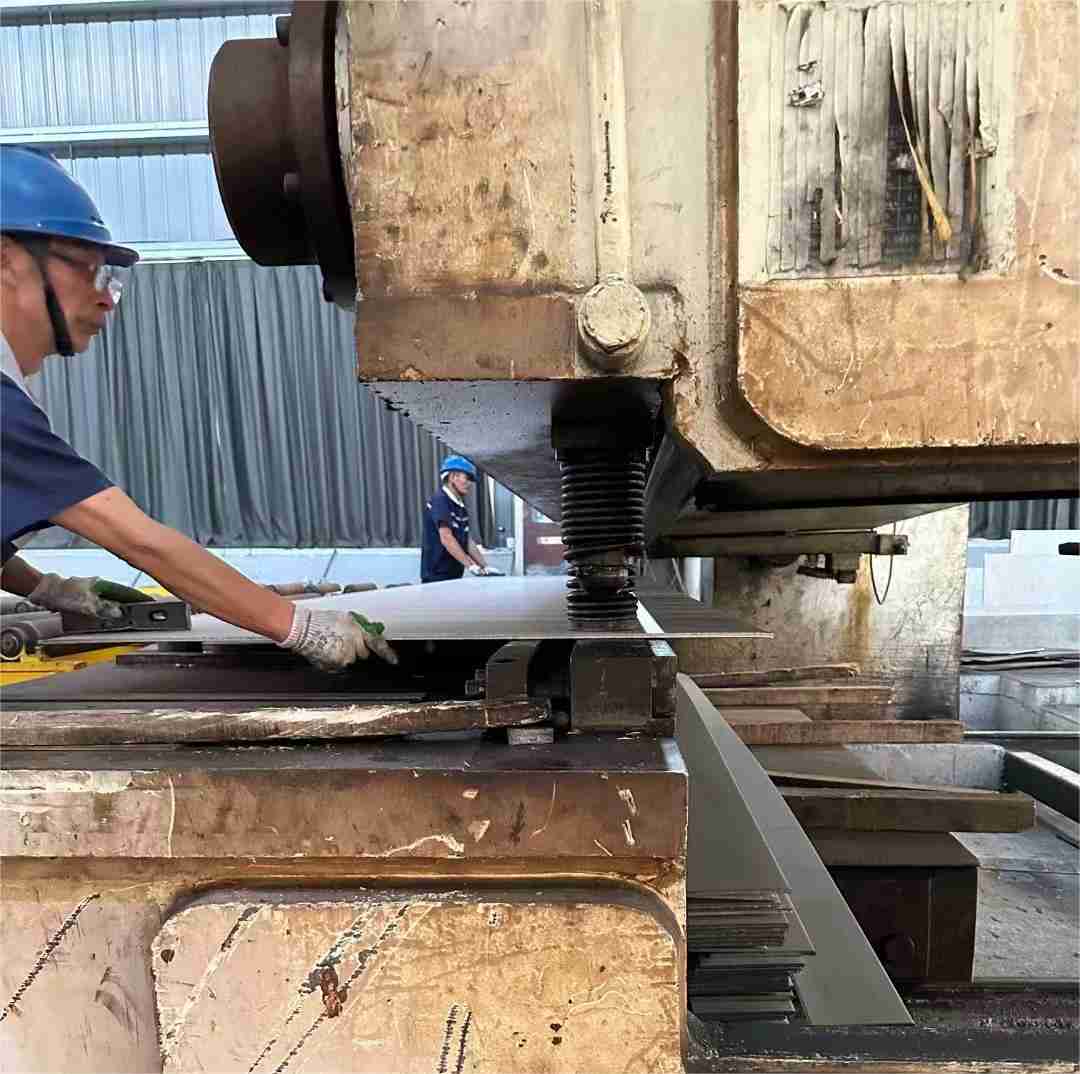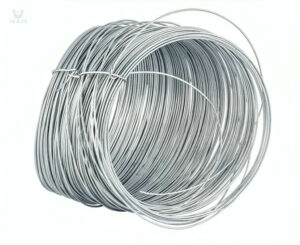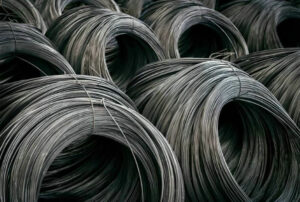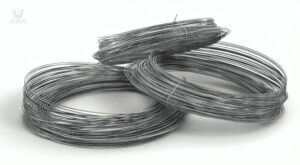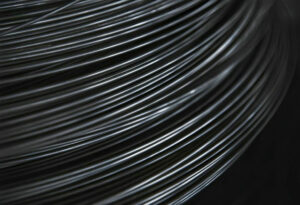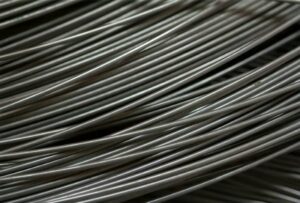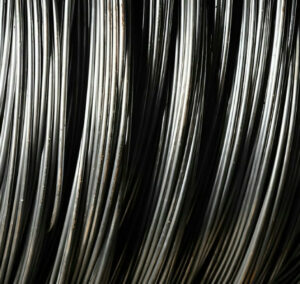Does Stainless Steel
Turn Your Finger Green?

Have you ever noticed your fingers turning green after using stainless steel cutlery or kitchenware? What is this mysterious green trace and is it caused by stainless steel? In this article, we will delve into this question and answer it for you through a scientific lens. We’ll show you why stainless steel can sometimes cause your fingers to turn green, and how to effectively prevent and deal with this occurrence.
What is stainless steel?
Stainless steel is an alloy steel with high corrosion resistance and good mechanical properties. Its main components include iron, chromium, nickel and other elements, of which chromium is the most critical anti-rust element, able to form a layer of hard-to-break oxide film on the surface of the steel, effectively preventing further oxidation. Stainless steel also has good high temperature performance, fatigue resistance and excellent processing performance, so it is widely used in construction, chemical industry, food processing and other fields.
Analysing the cause of green fingers
- Formation of iron oxide: Although stainless steel has good anti-rust properties, its surface may still react with oxygen under certain conditions. When stainless steel is exposed to an oxygen-containing environment for a long period of time, or when it is attacked by certain chemicals, a thin layer of oxide film may form on its surface. The colour of this oxide film is usually dark brown or green, so when it adheres to the finger, it may cause the finger to look green.
- Effects of human sweat: Human sweat contains a variety of chemicals, such as salt, urea and so on. These substances may react with the oxide film on the surface of stainless steel, resulting in a more pronounced colour of the oxide film. In addition, if human sweat stays on the surface of stainless steel for a long time, it may also lead to bacterial growth, and these bacteria may also have a certain impact on the surface of stainless steel, thus affecting its colour.
- Contact time: the longer the contact time with stainless steel, the greater the possibility of the finger turning green. Because with the passage of time, the oxidation process and the reaction of sweat are likely to intensify.
- Use of the environment: If the use of the environment of higher oxygen concentration, humidity or the presence of other corrosive substances, may increase the risk of oxidation of stainless steel, which may lead to finger greening.
In summary, stainless steel itself does not turn fingers green. In fact, this phenomenon is more often caused by external environmental factors and improper use. Through proper use and maintenance methods, we can avoid this situation.
COMPARING STAINLESS STEEL TO OTHER METALS
Stainless Steel
- Pros: Highly resistant to tarnish and corrosion, durable, affordable, and hypoallergenic. Does not generally cause skin discoloration.
- Cons: Can be less visually “precious” than metals like gold or platinum, and the color options are more limited (usually silver or metallic finishes).
Copper
- Pros: Copper is inexpensive, easily shaped, and has a unique reddish hue.
- Cons: Copper reacts with skin oils and sweat, forming copper salts, which can leave a green tint on the skin. Copper is also prone to tarnishing, and frequent cleaning is required to maintain its shine.
Brass and Bronze
- Pros: Both brass and bronze are attractive, warm-toned metals that are relatively inexpensive.
- Cons: Like copper, these alloys contain a significant amount of copper, so they can also cause the skin to turn green due to oxidation and the formation of copper salts.
Sterling Silver
- Pros: Sterling silver has a bright, shiny finish and is a more precious metal than stainless steel. It’s highly malleable, making it a good choice for intricate designs.
- Cons: Sterling silver tarnishes over time, requiring regular cleaning. It can also cause a black or green tint on the skin if worn frequently, especially in humid conditions.
Gold
- Pros: Gold is a soft, luxurious metal available in different colors (yellow, white, and rose). Higher karat gold (18K and above) is more resistant to tarnishing.
- Cons: Lower-karat gold (10K, 14K) contains other metals such as copper and nickel, which can lead to skin discoloration. Additionally, gold is more expensive than stainless steel.
Platinum
- Pros: Platinum is extremely durable, highly resistant to corrosion, and hypoallergenic. It maintains its luster and does not cause skin discoloration.
- Cons: Platinum is significantly more expensive than stainless steel or other common metals used in jewelry.
Nickel
- Pros: Nickel is a durable and inexpensive metal often used in costume jewelry.
- Cons: Nickel is notorious for causing allergic reactions, leading to skin irritation or rashes. Prolonged exposure can leave a greenish tint on the skin, making it an undesirable choice for many people with sensitive skin.
How to avoid fingers turning green?
Cleaning Method
- Use mild soapy water: wash greenish fingers with warm and mild soapy water, then rinse well with water. Avoid cleaning agents containing bleach or acids as they may further corrode the stainless steel surface.
- Scrub the surface: Use a soft cloth or sponge to gently scrub the stainless steel surface to remove oxide film and other stains. Be careful not to use excessive force or rough cloths to avoid scratching the surface.
- Polishing treatment: If the oxidised film is more serious, consider using a polishing cloth or polishing agent to polish the stainless steel surface to restore its original luster. However, be careful to choose the polishing agent suitable for stainless steel and use it correctly according to the instructions.
Tips for use
- Avoid prolonged contact: when handling stainless steel items, try to minimise the time your fingers are in contact with the stainless steel surface, especially in environments that are hot, humid or highly oxygenated.
- Keep hands dry: Keeping your hands dry reduces the likelihood of reaction by minimising the contact of perspiration with the stainless steel surface. Hands can be washed and dried before use.
- Use gloves: Consider using gloves to protect your fingers and the skin on your hands when performing work that requires prolonged contact with stainless steel. Select appropriate glove materials such as cotton, leather or nitrile rubber to ensure comfort and durability.
Choose the right stainless steel products
- Select type according to needs: choose the right type of stainless steel according to the environment and purpose of use. For example, food-grade stainless steel is more suitable for use in food contact situations, while high corrosion-resistant stainless steel is more suitable for use in harsh environments.
- Consider the surface treatment: different surface treatments will affect the corrosion resistance and appearance of stainless steel. Surface treatments such as polished, sandblasted, brushed, etc. can be selected according to actual needs to enhance corrosion resistance and improve aesthetics.
conclusion
After exploring the phenomenon of stainless steel and fingers turning green, we learned that stainless steel itself does not turn fingers green. This phenomenon is more caused by external environmental factors and improper use. Through proper cleaning, usage techniques, and choosing the right stainless steel products, we can effectively avoid the problem of greening fingers.
As an exporter with more than 15 years of experience, Huaxiao Metal understands the characteristics and applications of stainless steel products. Equipped with multiple production lines, we are able to provide stainless steel products in various forms, such as stainless steel sheet and coil, strip, bar, wire, etc., to meet the different needs of different industries and fields. Our products are widely used in construction, kitchenware, chemical, medical, and other fields, and are well received by our customers.
Table of Contents
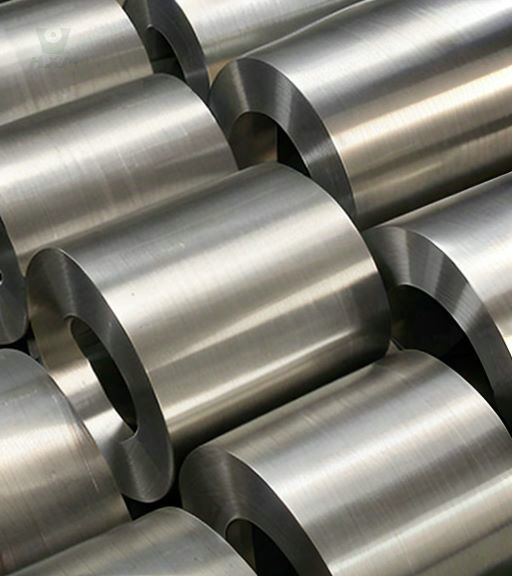
Duplex Steel 2205 Coils: Understanding the Applications and Uses
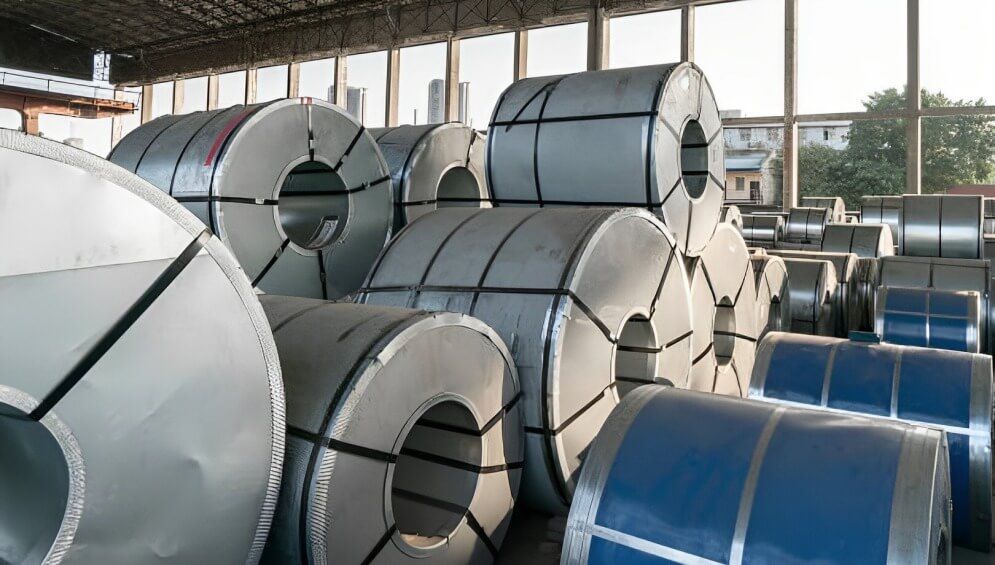
What Are Steel Coils Used For ?
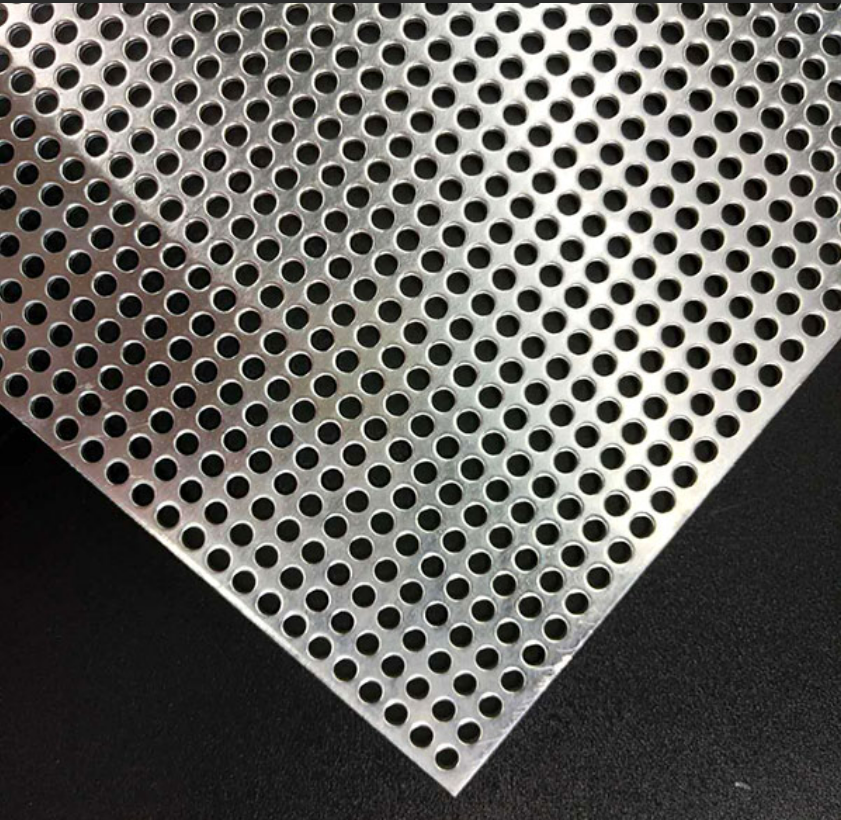
Top 10 Applications of Perforated Metal in Architectural Projects
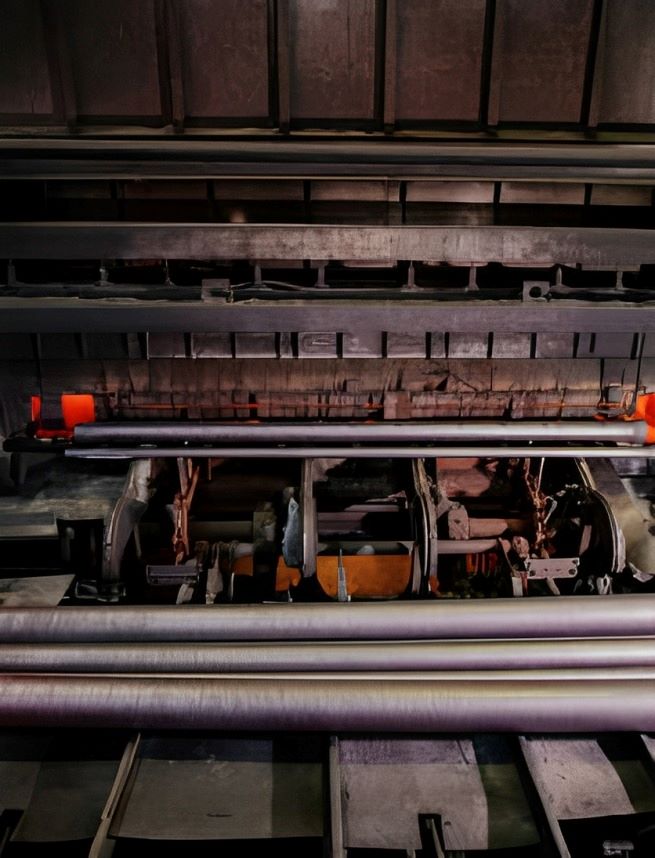
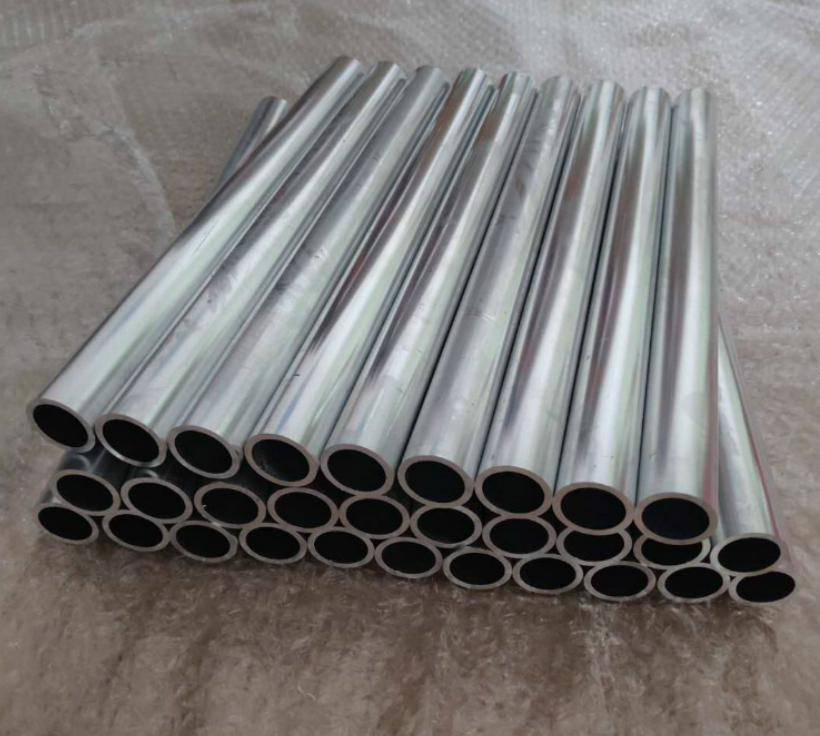
How Are Stainless Steel Welded Tubes Made?
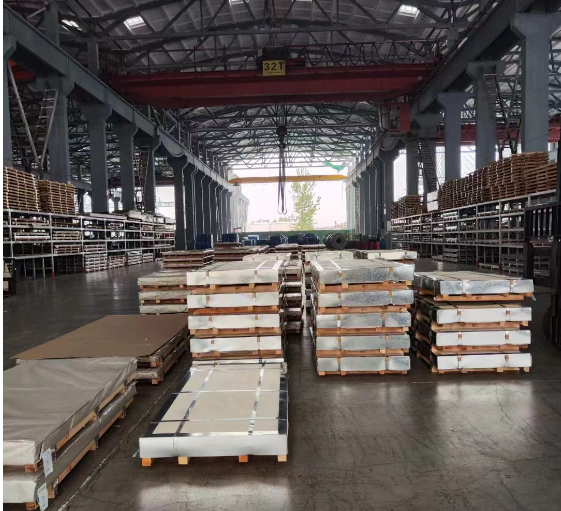
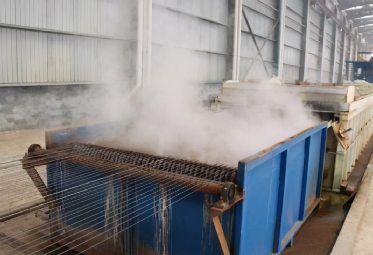
What is Metal pickling?Which products need to be pickled and why?
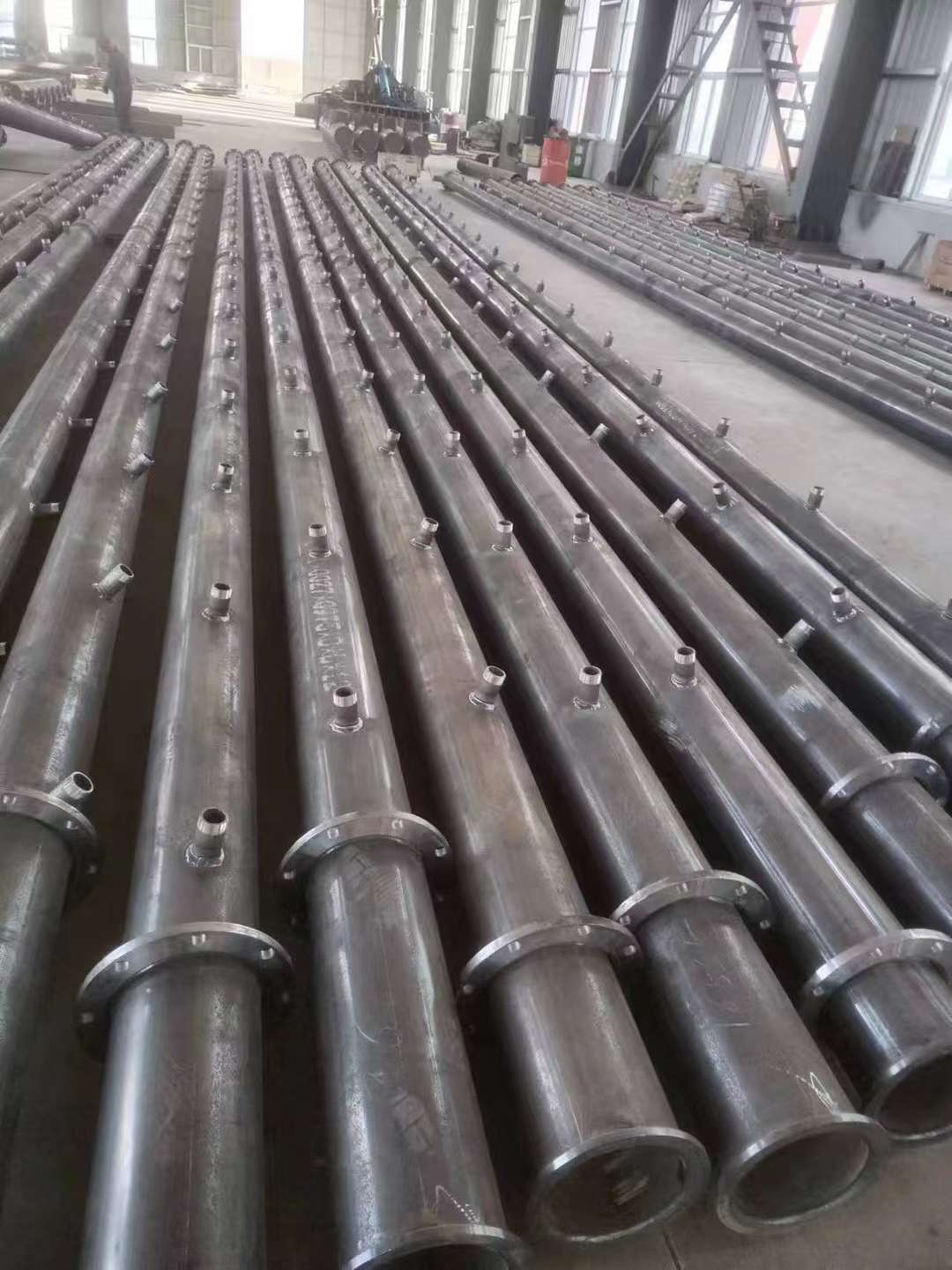
The impact of rolling techniques on stainless steel strength
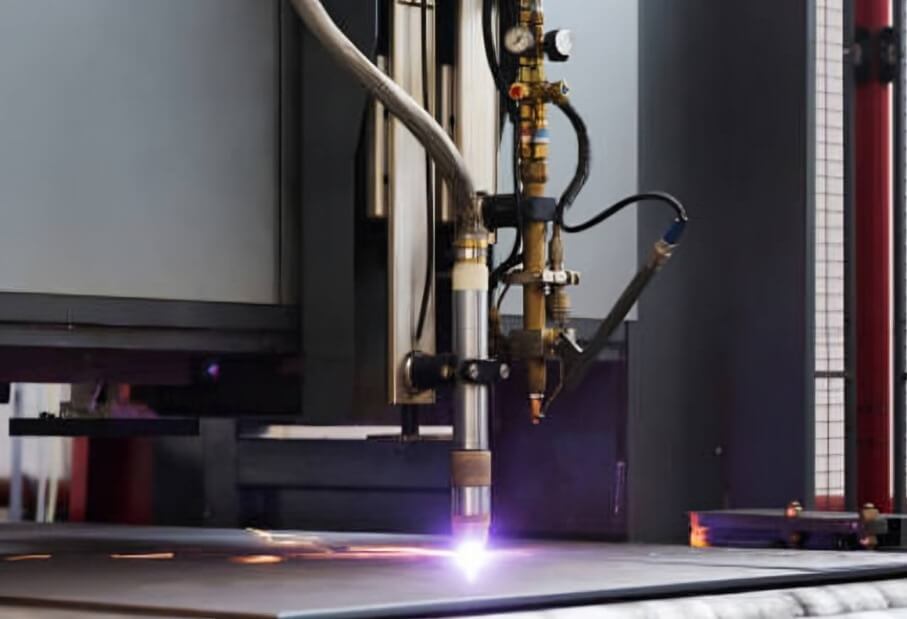
Laser Cutting and Its Precision in Stainless Steel Fabrication
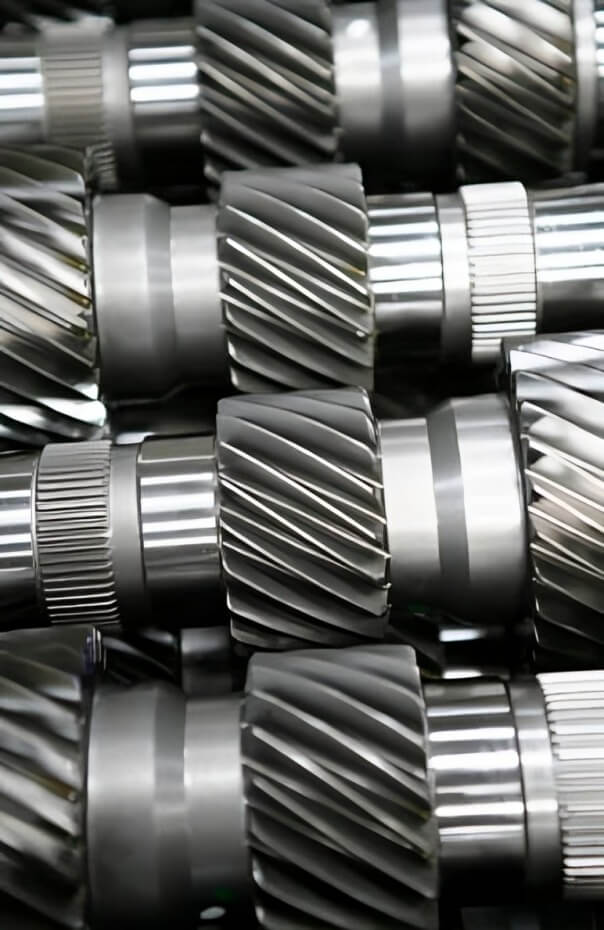
Cold Working and Its Effects on Stainless Steel Properties
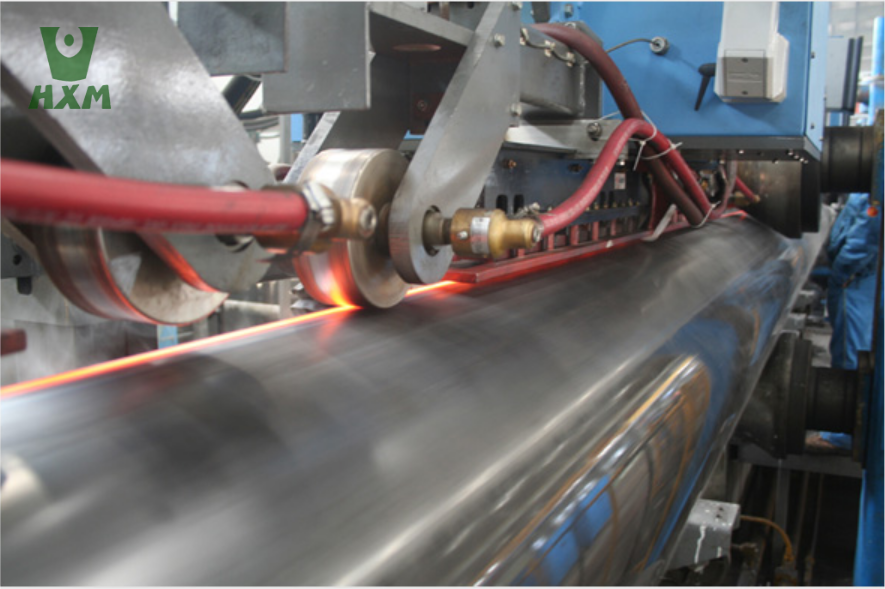
The Annealing Process in Stainless Steel Manufacturing
